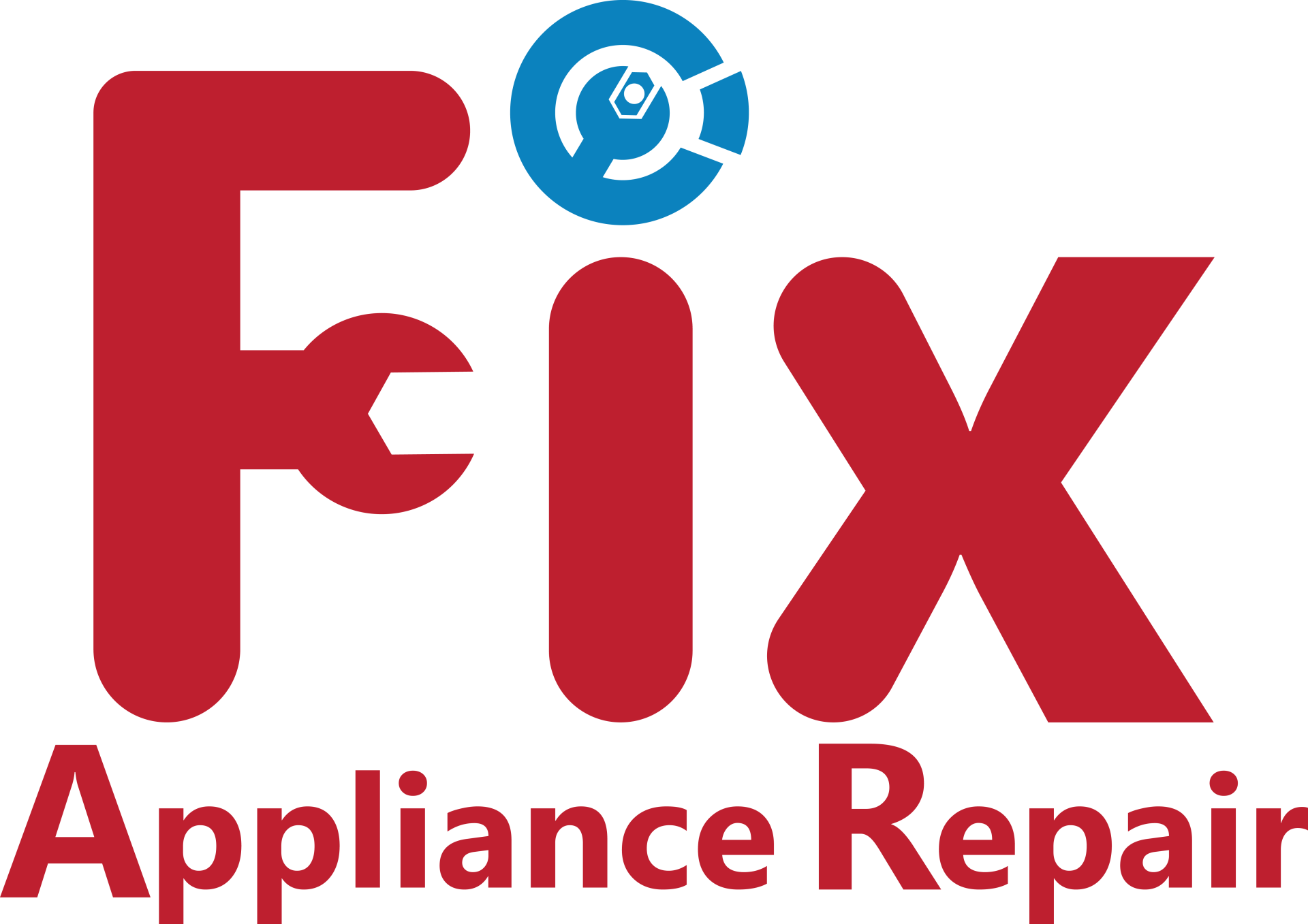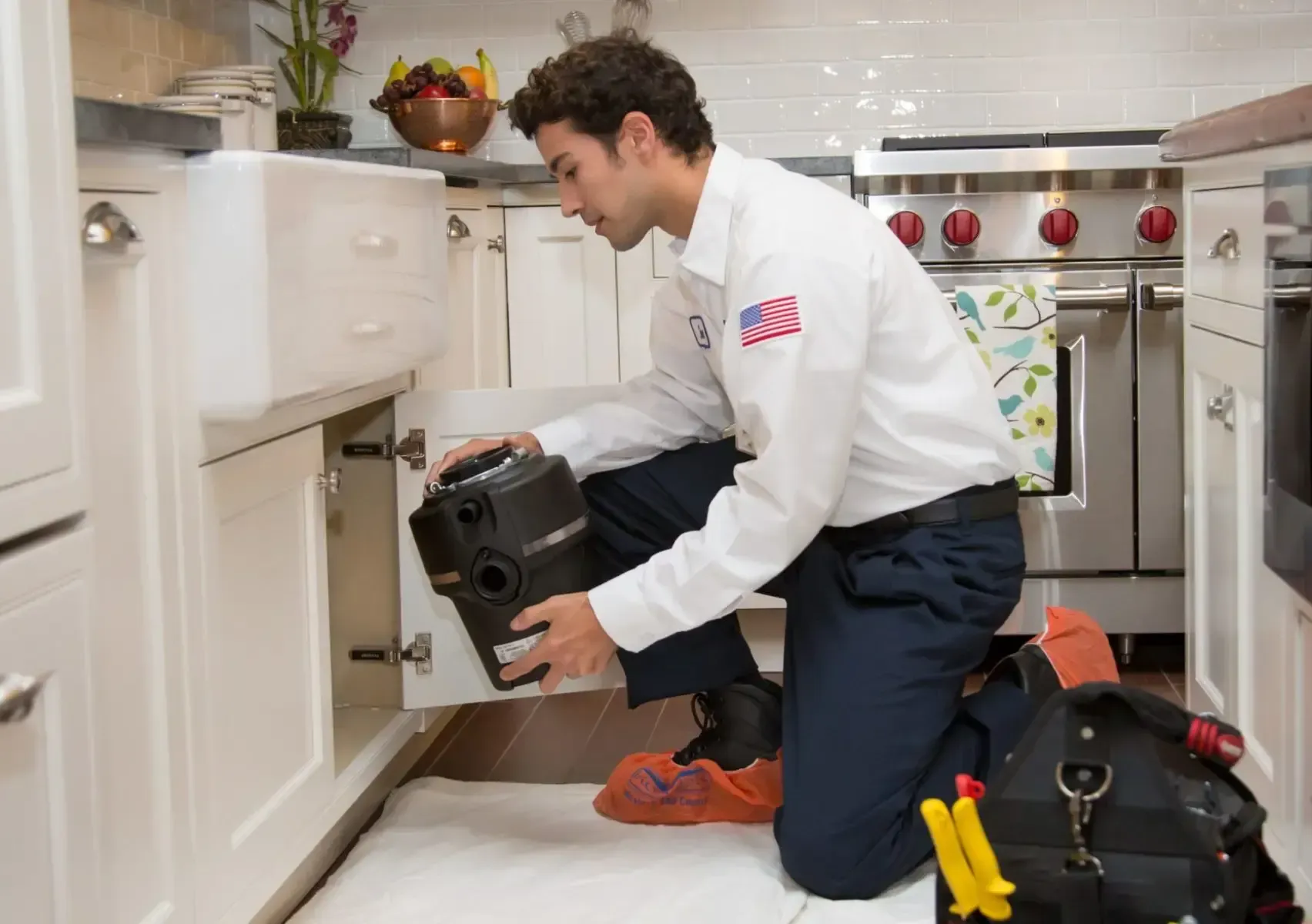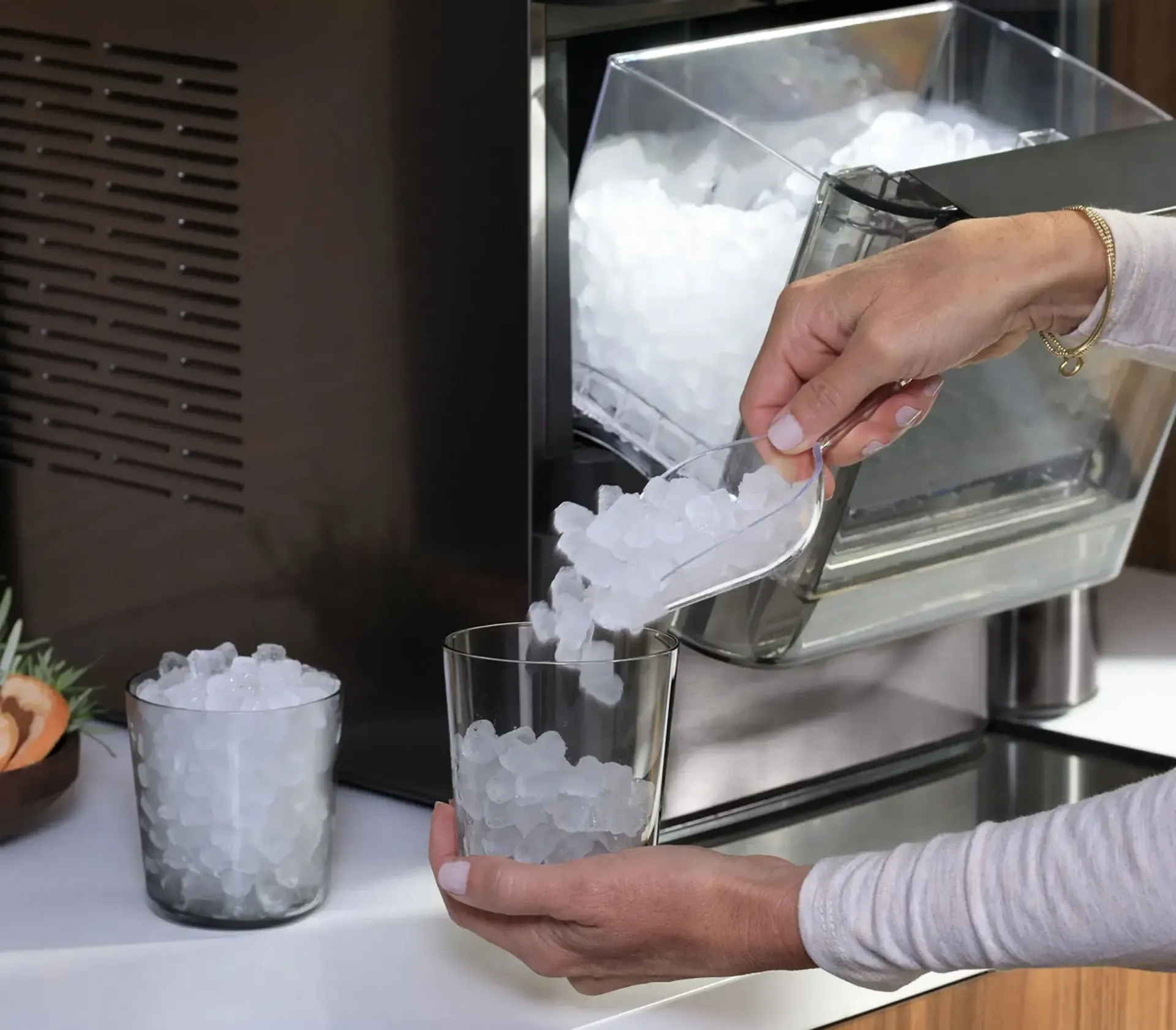Modern wonders like dishwashers greatly reduce the responsibilities associated with kitchen tasks. They save us from the tiresome work of handwashing dishes and help us save valuable time and effort. But even the most sophisticated appliances occasionally break down, and when a dishwasher does, it can become very frustrating very fast. There are a number of problems that might afflict your once-efficient dishwasher, ranging from finding dishes that aren't as shiny as new to dealing with leaks and strange sounds coming from inside.
However, do not worry! With the help of this in-depth tutorial, we set out to unravel the mystery of dishwasher breakdowns. Focusing on efficiency and simplicity, we explore typical dishwashing issues and provide workable fixes to enable you to take on any challenge head-on. We're here to provide you the information and skills required to get your appliance operating at its best again, whether you're dealing with unrelenting dirt on your dishes, mysterious leaks, or a cacophony of odd noises. Let's tackle dishwasher repair head-on together, transforming our aggravation into victory and regaining the effectiveness and convenience of our kitchen ally.
Identifying the Problem:
Before diving into repair solutions, it's essential to accurately diagnose the issue affecting your dishwasher. Here are some common problems you might encounter:
- Dirty Dishes: If your dishwasher isn't cleaning dishes properly, it could be due to clogged spray arms, a malfunctioning water inlet valve, or a worn-out spray arm bearing.
- Leaking: Water leaking from the dishwasher can be caused by a variety of issues, including a damaged door seal, loose or damaged hose connections, or a defective float switch.
- Not Draining: A dishwasher that fails to drain properly may have a clogged drain hose, a malfunctioning drain pump, or a faulty drain solenoid.
- Strange Noises: Unusual sounds like grinding, humming, or banging can indicate problems with components such as the motor, pump, or spray arms.
- Not Filling with Water: If your dishwasher isn't filling with water, it could be due to a clogged water inlet valve, a faulty water inlet solenoid, or a defective float switch.
Solutions to Common Problems:
1. Dirty Dishes:
- Clean the Spray Arms: Inspect the spray arms for clogs or debris that may be obstructing water flow. Clean the spray arms thoroughly to ensure proper cleaning.
- Check the Water Inlet Valve: Test the water inlet valve for proper functioning. If it's faulty, replace it with a new one to ensure adequate water supply.
- Replace the Spray Arm Bearing: If the spray arm bearing is worn-out, replace it to restore proper rotation of the spray arms and improve cleaning performance.
2. Leaking:
- Inspect the Door Seal: Check the door seal for any signs of damage or wear. Replace the door seal if it's worn-out or damaged to prevent leaks.
- Tighten Hose Connections: Ensure that all hose connections are tight and secure. Loose connections can cause leaks, so tighten them as needed.
- Test the Float Switch: The float switch controls the water level in the dishwasher. Test the float switch for proper functioning and replace it if faulty.
3. Not Draining:
- Clear the Drain Hose: Check the drain hose for clogs or kinks that may be preventing proper drainage. Clear any obstructions to allow water to drain freely.
- Inspect the Drain Pump: Test the drain pump for proper functioning. If it's not working correctly, replace it with a new one to ensure proper drainage.
- Check the Drain Solenoid: Test the drain solenoid for continuity. If it fails the test, replace it with a new one to allow water to drain properly.
4. Strange Noises:
- Inspect the Motor and Pump: Check the motor and pump for signs of wear or damage. Replace any worn-out components to eliminate strange noises.
- Clean the Spray Arms: Debris or hard water deposits can cause the spray arms to make unusual noises. Clean the spray arms thoroughly to eliminate the noise.
- Check for Loose Components: Tighten any loose screws, bolts, or fasteners that may be causing rattling or vibrating noises.
5. Not Filling with Water:
- Check the Water Inlet Valve: Inspect the water inlet valve for any clogs or damage. Clean or replace the valve as needed to ensure proper water flow.
- Test the Water Inlet Solenoid: The water inlet solenoid controls the flow of water into the dishwasher. Test it for continuity and replace it if faulty.
- Inspect the Float Switch: Test the float switch for proper functioning. If it's not working correctly, replace it to allow water to fill the dishwasher properly.
Dishwasher Repair
It might be intimidating to deal with a broken dishwasher, but with the appropriate information and advice on how to troubleshoot, you can usually fix the problem yourself. You may successfully repair your dishwasher and get it back to operating condition by correctly identifying the issue and implementing the suitable fixes described in this extensive guide.
Never forget that safety comes first whenever you conduct repairs. Take the required safety measures to reduce any dangers, such as turning off electrical sources and donning protective clothing.
Don't be afraid to ask for expert assistance if you're unsure or uneasy about a certain repair work. An experienced technician's knowledge and skills can occasionally prevent further harm and save time and effort.
You can handle any dishwashing problem head-on and easily enjoy clean dishes once more with persistence and the appropriate strategy. Your kitchen will continue to be a center of efficiency and cleanliness for many years to come if you take the time to learn about its mechanics and take quick care of problems. This will also save you money on repair bills and increase the appliance's lifespan. Now put on your work gloves, dig into this tutorial, and let's work together to overcome your dishwashing problems!



